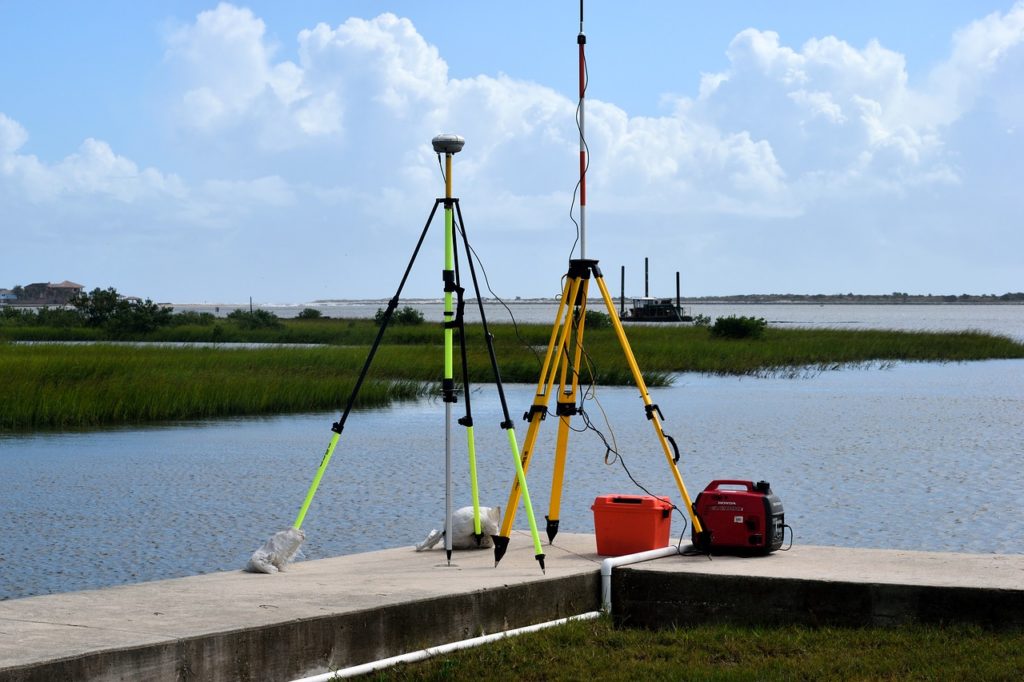Table of Contents
Land surveying is the science of determining the locations of terrestrial points and the distances or angles between them. Surveyors create maps and establish boundaries for landowners, transportation companies, the government, and others and they have an arsenal of techniques at their disposal for ensuring that their measurements are accurate.

ALTA/ACSM Title Surveys
Surveyors provide official ALTA/ACSM title surveys to lending institutions and property buyers. They follow the requirements of the American Land Title Association and the American Congress on Survey and Mapping. Designed for commercial surveying services, this comprehensive type of land survey is widely used across the United States.
Property Boundary Surveys
Property owners need to know where their land begins and ends so that they can choose where to build structures and how to alter the land. They need property boundary surveys to ensure that their boundaries are accurately established and avoid disputes with their neighbors.
Subdivision Plats
Subdividing land involves breaking it up into smaller plots. Often associated with housing development projects, subdivision platting gives them the maps they need to do so. A subdivision plat can be used to design streets and drainage besides defining lots and must be recorded with a local government agency.
Topographic Surveys
Surveyors create topographic surveys for engineers and architects. They include natural and man-made features on the property, including land contours, trees, ponds, and elevation changes and buildings, fences, and other man-made features. They’re perfect for land development.
Surveyor’s Real Property Reports
These legal documents record the locations of visible improvements to the land in relation to the property’s boundaries. They also include information about the property’s dimensions. They’re used primarily to fulfill zoning permits and loan application requirements.
Easement Surveys
Easement surveys are less comprehensive than most of the alternatives defined above. They define where other stakeholders, such as utility companies, hold the right to access portions of property owners’ land, known as easements.
Construction Stakeouts
Contractors use this land survey to plan for construction projects. Surveyors usually create construction stakeouts for public works projects such as the building of roads, bridges, and utilities. Contractors also request them prior to constructing new buildings.
Subsurface Utility Mapping
Not all surveying takes place on the surface of a property. Subsurface utility mapping shows underground utilities rather than surface-level structures and land features. This service provides invaluable information to contractors and property owners who want to avoid subsurface utilities like water mains and fuel lines.
Zoning and Land Use Investigations
Most property development projects must follow local zoning laws. These laws often stipulate how far from a property’s boundary structures can be built and place restrictions on what type of structures property owners can have on their land. Zoning and land use investigations provide information about all existing restrictions and designations and even provide information about past zoning issues.
The Bottom Line
There’s more to the process of land surveying than just determining where a property’s boundaries lie. The eight techniques described above are just a few of many used by professional surveyors to provide a comprehensive look at how land is divided and composed.
Other specialty surveying techniques like FEMA elevation certificates and FAA 2-C survey certificates may also be required depending on what the land is being used for and what kind of floodplain management ordinances the local community has in place. What all these techniques have in common is that they must be performed by a trained surveyor.



